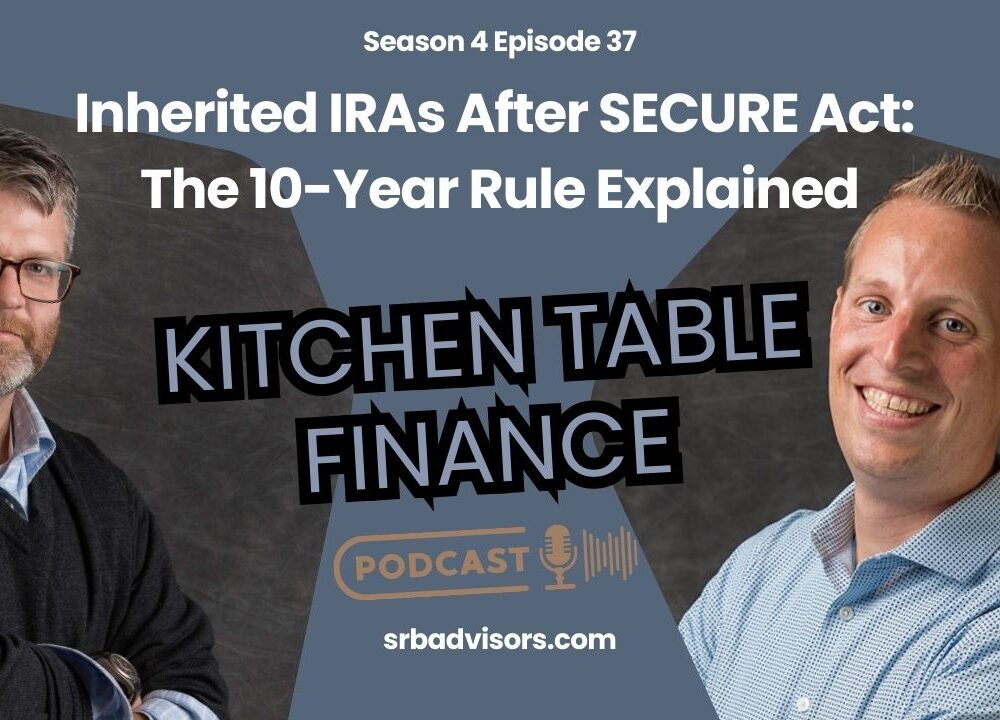A Quick View on Student Loans

In our society, there is increasing pressure for people to go to college and attain a degree. However, the cost to go to college is also increasing. On average, the cost of tuition increases by about 8% each year. It is becoming extremely difficult for most people to afford college expenses. The reality is many students will need to take out loans to attain their degrees. After graduation, those loans will need to be paid back. Keep reading for tips that future and current college students should consider to avoid being swallowed by student debt.
- Fill out your FAFSA annually and take advantage of any grants and federal loans you are given.
- If you must take out private loans, shop around and try to get the lowest interest rate you can. Private student loans do not wait for you to graduate to start accruing interest/requiring payments.
- Increase your credit score. The better credit you have, the more likely you will be accepted for the private loan you want. We have a podcast that describes strategies young people can use to build credit
- Try to keep student debt affordable. A good rule of thumb is to try to keep your student loan balance at graduation less than you expected in the first year of salary.
Once the student graduates, all Federal Student Loans allow a grace period of 6 months before monthly payments are required. Most private student loans will require monthly payments after the loan is approved, but that will be defined in the students’ contract with that company. Private student loans also typically have the highest interest rates, so that is a big reason why it is best to avoid those as much as possible. Once it is time to start paying off student loans, there are some strategies and repayment options to consider:
- Out of your monthly student loan repayment budget, pay more towards your loans with the highest interest rates. Of course, always pay at least the minimum for all loan payments, but if you are able to pay extra, using that money towards the loans with the highest interest rates will help you spend less of your hard-earned cash towards interest in the long run.
- A Standard Repayment Plan allows the borrower to pay a fixed amount each month over 10 years, ensuring that the loan is paid off at the end of the 10th year.
- A Graduated Repayment Plan allows the borrower to have a smaller monthly payment at first, but the monthly payment will increase every 2 years. This is a good option for those who expect to receive salary increases throughout the beginning of their career, but those who choose this plan take on the risk of not being able to afford the highest payments towards the end of the 10-year period.
- An Extended Repayment Plan allows the borrower to choose fixed or graduated payments that will ensure the loan will be paid off in 25 years.
- The Revised Pay As You Earn Payment Plan (REPAYE) allows the borrower to pay off their loan in 20 years for undergraduate or 25 years for graduate student debt, with the monthly payment being calculated annually as 10% of your discretionary income. If the outstanding loan balance is not paid off within the 20- or 25-year time frame, any outstanding balance will be forgiven.
The Pay As You Earn Repayment Plan
The Pay As You Earn Repayment Plan (PAYE) allows borrowers to repay their student loans at 10% of their discretionary income, recalculated annually. However, the monthly payment will never be more than what would have been charged under the Standard Repayment Plan.
There are additional repayment plan options, but there are more restrictions on who qualifies for those options. This link provides more information about the types of repayment plans and who qualifies for each plan.
Public Student Loan Forgiveness (PSLF)
Public Student Loan Forgiveness (PSLF) is an option available for qualifying federal student loans. People who are working full-time for qualified employers could be eligible for full forgiveness on any remaining balance after 120 qualifying payments are made. These payments do not need to be consecutive, but all 120 payments must be made for the full amount of the monthly bill, no later than 15 days after each bill is due. Repayment plans that qualify for PSLF are the repayment plans that calculate your monthly payment based on your income. To find more information on PSLF and to see if you qualify, visit this link.
Additional Student Debt Relief Plan
The Biden-Harris Administration announced an additional Student Debt Relief Plan that will forgive $20,000 to those who received Pell Grants and $10,000 to those individuals who are making less than $125,000 annually, or $250,000 for households. This additional Student Debt Relief Plan is currently paused at the time of this article due to court orders blocking the program. You can check for updates on the status of this program and see if you will be able to qualify at this link.
With all the choices available, it is best to integrate your loan repayments into your overall financial plan, with the help of a financial planner. And since life changes can impact your repayment plan, it is a good idea to review your choices every year or two to make sure that they still make sense.
Your education will likely be one of the biggest investments that you make, and, if done prudently, borrowing to make that investment can pay off. Just be mindful of how much you borrow and smart about how you pay off the debt once you graduate.
Share post:
